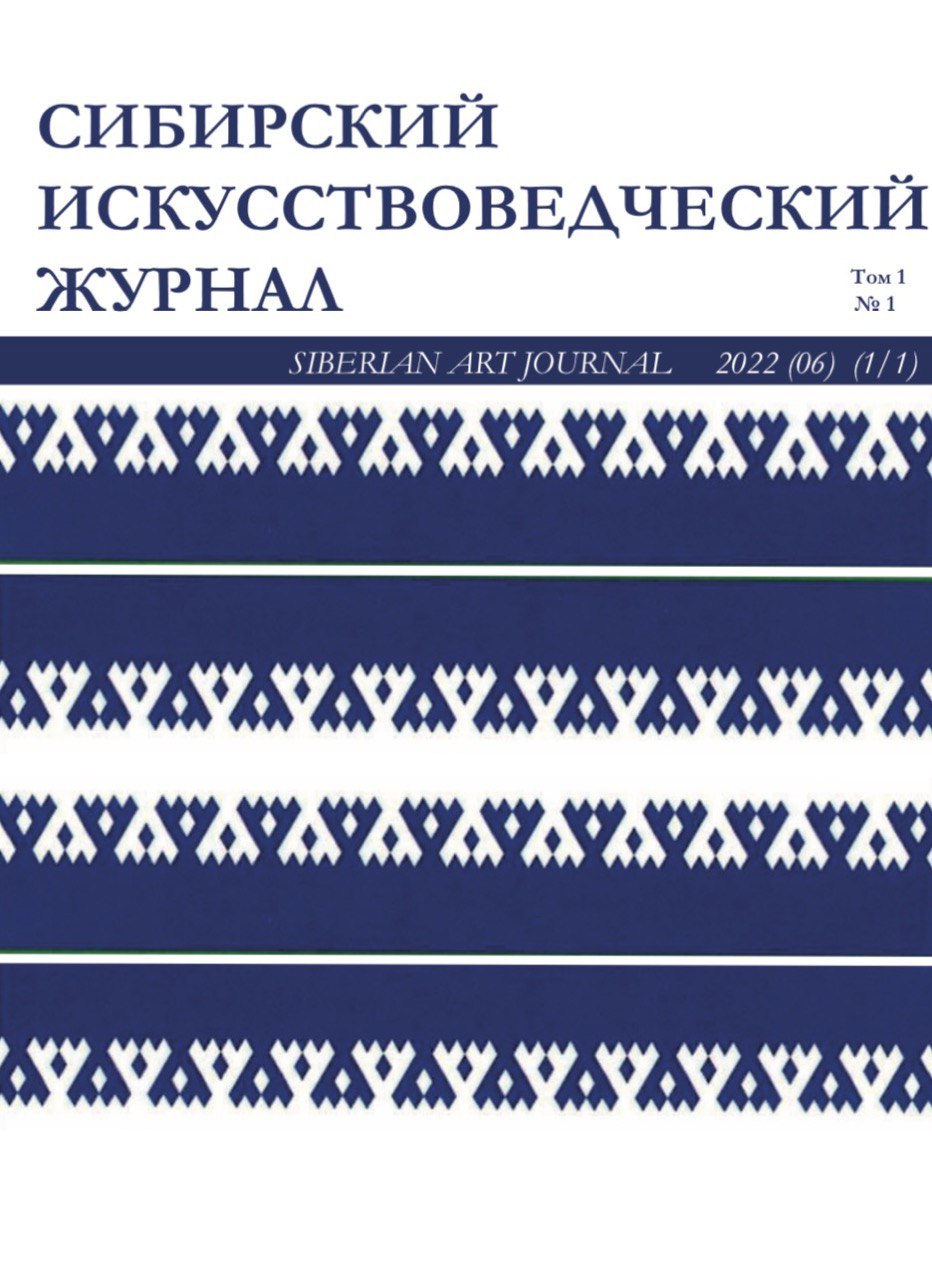This work is devoted to the analysis of the work of fine art "Card Players" by Paul Cezanne, created in 1895. The canvas was not analyzed from the point of view of a holistic philosophical and art history analysis using general scientific methods, on the basis of which it would be possible to identify the main artistic idea of the painting. The study was carried out by the method of philosophical and art history analysis, during which the material, index and iconic statuses of the artistic image were analyzed. The main artistic idea of the canvas is to compare human life with a card game: people, regardless of age and life experience, are not always able to predict, predict how many cards should be in the game and which ones they will get. The full outcome of any business started will depend on a variety of circumstances. Depending on the cards that have fallen out, a person, like a card player, carefully thinks through each move, tactics, thereby gaining new life experience, which is more useful than receiving material benefits.
Paul Cezanne, "Card Players", philosophical and art analysis, artistic image
1. Ankudinov, A. (2018). Post-impressionism. Dialogue of Cultures. My World: Materials of student scientific and practical conferences (in English), St. Petersburg, May 17-19, 2018. Saint Petersburg: Saint Petersburg State University of Industrial Technologies and Design, 8-11.
2. Brodskaya, N. V. (2005). Postimpressionism: a manual for teachers and students. St. Petersburg: Publishing House of the State. Hermitage Museum, 57.
3. Garbuz, A.V. (2012). Overcoming Impressionism. Paul Cezanne. Ramp. Culture of Bashkortostan, 10, 28-29.
4. Glukhova, A.D. (2020). "Philosophy" by Paul Cezanne. Humanities in a modern university: yesterday, today, tomorrow: Materials of the III-th International Scientific Conference, in 2 volumes, St. Petersburg, December 11, 2020. Saint Petersburg: Saint Petersburg State University of Industrial Technologies and Design, 180-183.
5. Zhukovsky, V. I. (2011) Theory of fine art. St. Petersburg: Aleteya, 496.
6. Kalmykova, V. V. (2010). Creativity of Paul Cezanne in the interpretation of V. S. Babajan: the relationship of analysis and synthesis. Bulletin of the Moscow State Linguistic University, 590, 136-143.
7. Mandrik, A.D. (2019). Investigation of the influence of color on the perception of works of fine art. Social transformations, 30, 110-116.
8. Petrakova, E. I. (2010). Fritz Novotny: the specifics of the structural analysis of the artistic heritage of P. Cezanne. IV Masherov readings: Materials of the International scientific and practical conference of students, postgraduates and young scientists, Vitebsk, October 28-29, 2010. Vitebsk: Vitebsk State University named after P.M. Masherov, 404-405.
9. Pospelov, G. G. (2012). On the polarization of styles in the art of post-medieval Europe. Art Studies, 1-2, 50-55.
10. Rakhmatov, J. Y. (2019). Paul Cezanne - the most significant artist of the last third of the XIX and the beginning of the XX century. Education. The science. Culture: Collection of scientific articles of the Materials of the International Scientific Forum, Gzhel, November 21, 2018. Gzhel: Gzhel State University, 149-150.
11. Sohach, A. E. (2015). On perceptual vision in the work of Paul Cezanne. Bulletin of Science and Education, 3(5), 171-174.
12. Tarasova, M. V. (2015). Theory and practice of dialogue between the viewer and works of art. Krasnoyarsk: SFU, 236.
13. Tarasova, M. V., Zhukovsky, V. I. (2010). Communicative foundations of artistic culture. Krasnoyarsk: SFU, 145.
14. Tiganov, A. S. (2016). Paul Cezanne (1839-1906). Psychiatry, 1(69), 96-98.
15. Turchin, V. S. (2013). Mysticism of Cezanne. Decorative art and subject-spatial environment. Bulletin of the MGHPA, 3, 016-027.
16. Fedotova, Y. S. (2015). History of fine art: Textbook. Ministry of Education and Science of the Russian Federation, South Ural State University. Chelyabinsk: Technological College, 58.
17. Ebersolt, S. (2012). Le Japon et la philosophie française du milieu du XIXe au milieu du XXe siècles. Revue philosophique de la France et de l'étranger, 137 (3), 371-383.
18. Harrison, C. (1977). Cezanne: Fantasy and Imagination. Modernism/modernity, 4 (3), 1-18.
19. Henry, P. (1979). Raleigh Leonardo. The MIT Press, 12 (2), 168.
20. Marcelo, M. (2017). Paul Cézanne, the lonely precursor of modern painting. Rev. méd. Chile, Santiago, 145 (4), 508-513.
21. Papi, G. (2001). The artist’s son, Paul. J Endocrinol Invest 24, 914.
22. Roberts J. L. (2012). Post-telegraphic Pictures: Asher B. Durand and the Nonconducting Image. Grey Room 48, 12-35.
23. Shiff, R. (1998). The Art Bulletin. CAA, 80 (2), 384-389.
24. Simms, M. (2015). Cézanne pour moi. Art History, 38, 577-581.
25. Slaymaker, D. (2006). Review of Japan and Paris: Impressionism, Postimpressionism, and the Modern Era. The Journal of Japanese Studies, 32 (1), 189-192.





